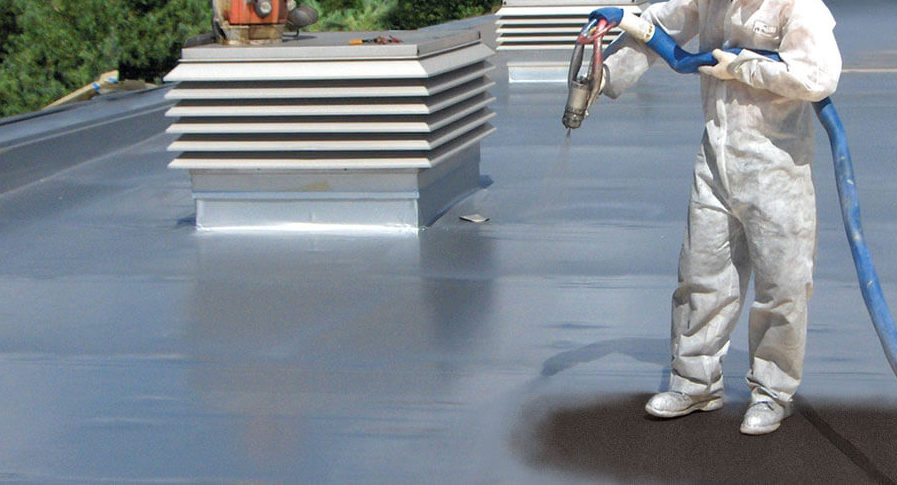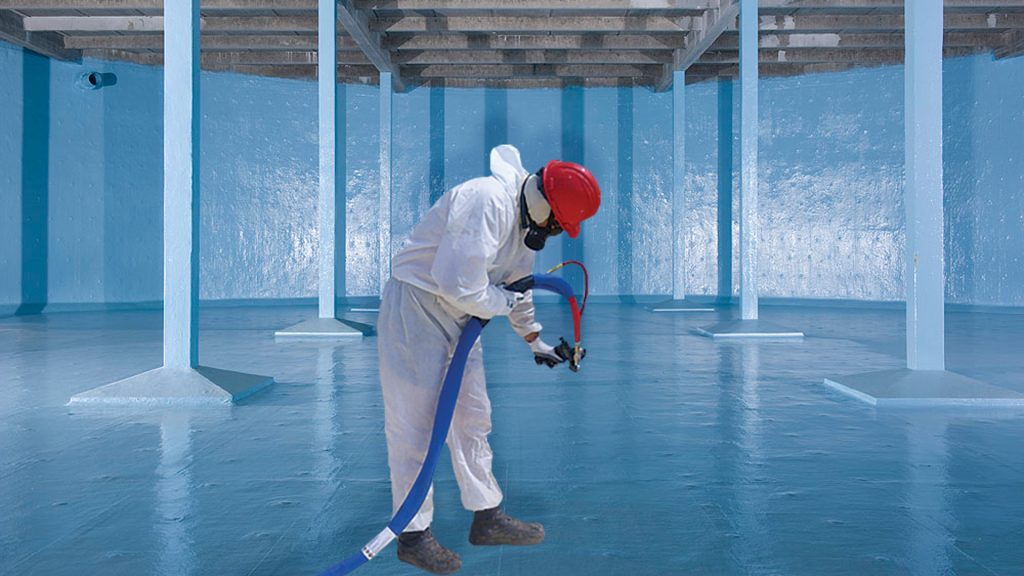In the changing realm of coatings, the significance of adequate training cannot be overlooked. Whether you are new to the industry or an experienced expert, keeping abreast of the methods and technologies is crucial for achieving top-notch results and pleasing clients. Engaging in a protective coating training regimen can serve as the cornerstone for success in this field.
Why is it vital to undergo Protective Coating training?
Safety: A key advantage of undergoing protective coating training lies in its emphasis on safety procedures. Dealing with chemicals and dangerous substances demands adherence to safety guidelines. Professional training ensures that individuals are well-informed about hazards and are equipped with the knowledge and competencies to mitigate risks effectively. This not only safeguards workers’ well-being, but it also helps prevent potential accidents or environmental dangers.
Craftsmanship quality: Applying coatings requires a skill set. Without training, errors can easily occur that might jeopardize the coatings’ integrity and effectiveness. Training programs equip individuals with an understanding of surface preparation, material choices, and application methods. Mastering these skills empowers professionals to deliver top-tier work that aligns with industry benchmarks, ensuring client contentment and fostering a reputation.
Embracing the advancements in technology:
The protective coating sector is always on the move with the introduction of technologies and products. Training sessions play a role in keeping industry professionals informed about innovations, such as new coating materials, application techniques and equipment. Being up-to-date with these progressions enables individuals to stay competitive and meet evolving client demands.
Adhering to industry guidelines, The protective coating field operates under a set of regulations and standards that must be followed diligently. Training programs delve into these regulations to ensure that professionals understand their roles and obligations. This knowledge not only helps in avoiding complications but also ensures compliance with environmental, health and safety rules.
Selecting the Protective Coating training program:
When opting for a training course, there are key aspects to consider:
Accreditation: It’s crucial to choose programs accredited by industry bodies. This ensures that the training is of the highest caliber and is well-received by clients and employers.
Hands-on practice: A quality training program should place emphasis on learning in addition to knowledge. Practical experience plays a role in building confidence and honing skills for the field.
Comprehensive syllabus: The training curriculum should encompass topics like surface preparation methods, coating application techniques, inspection protocols, safety measures and pertinent regulations.
Customization is key in every project and industry, as they each come with their own set of requirements. It’s important to select a training program that can be customized to meet needs, whether it pertains to coatings, industrial painting or architectural coatings.
Investing in training for coatings not only contributes to your professional development but also plays a significant role in the success of your business. By acquiring the skills and knowledge, you can ensure safety, deliver top-notch work, keep abreast of advancements and adhere to industry standards. Opt for a training program that offers accreditation, hands-on experience, a rounded curriculum and options for customization. With the training, you can establish a foundation for thriving in the protective coating sector.
Take action now. Enroll in polyurea protective coating training today!





